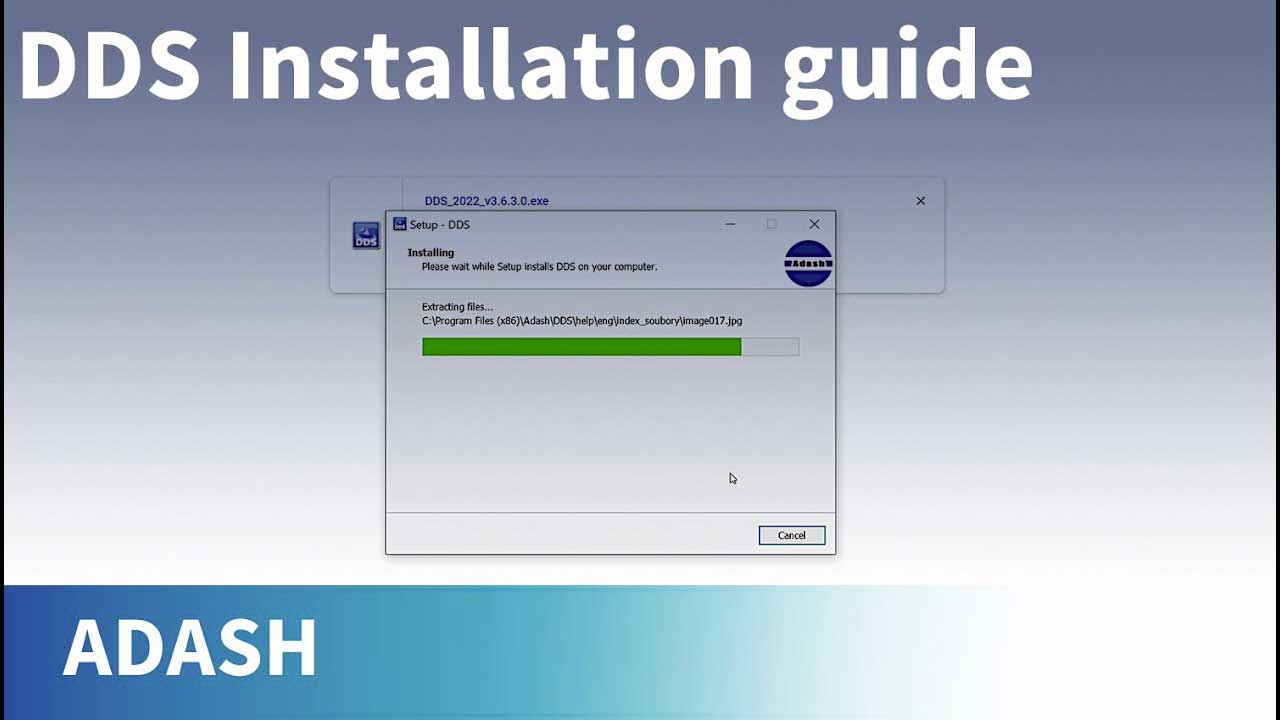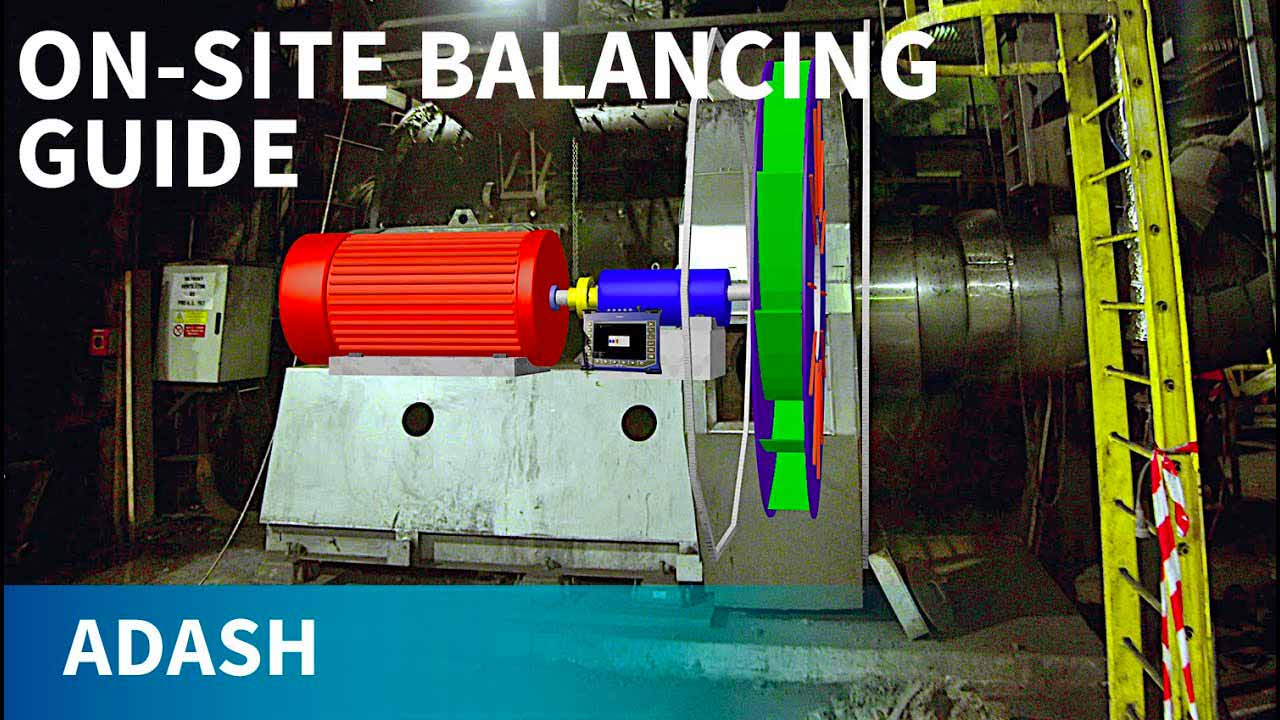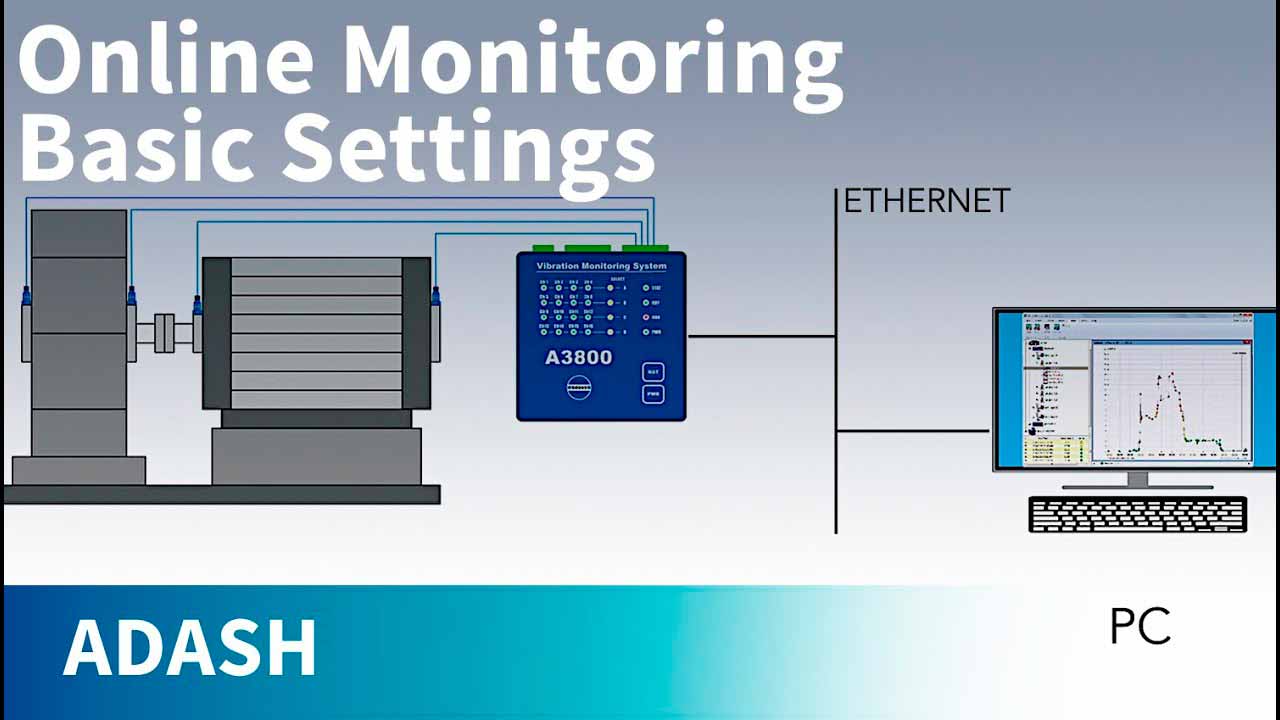Frequency response in practice
29.07.2022
Frequency Response Function (FRF) - practical applications.
In most cases we want to know the resonant frequencies. For example of the machine frame. We need to know it because the machine speed must not be equal to resonant frequency.
The hammer with force sensor is usually used for the excitation. The acceleration sensor is used for response measurement. The measurement will be triggered by the hit.
We want to know the resonant frequencies. For example we need to know the resonant frequencies of machine frame. Any of them must not be equal the machine speed, because the small force would excite high vibration. And the force on speed frequency? It is the unbalance. It means small unbalance could cause high level of vibrations.
We just talked about FRF as real type function. It was better for understanding. But the FRF is complex. It means it has amplitude and phase for each AC line. Amplitude value we explained, it is the gain. But also the phase on the input is changed to the phase on the output. And the difference between them is the phase change value in FRF. The phase changes of 180 degrees thru every resonance. But for vibration diagnostics is the amplitude much more important.
The FRF measurements are widely used in modal analysis. And here is big advantage of VA5. The standard measurement hardware for modal analysis is big and difficult to use in field. It is designed for laboratory use. But VA5 is small and easy portable. You can measure all required FRF in all points and export them in uff format. And then in laboratory you just import these files to your modal analysis software.
And it is everything of basics what you should know about frequency response function.





